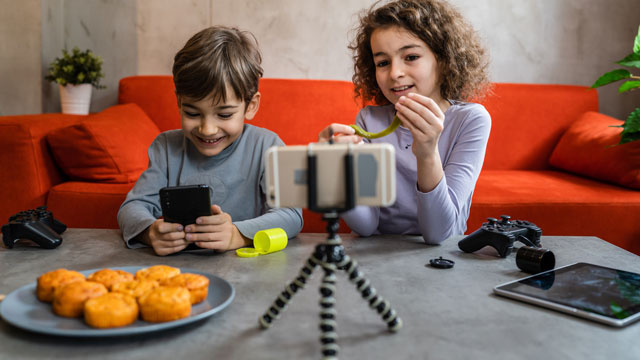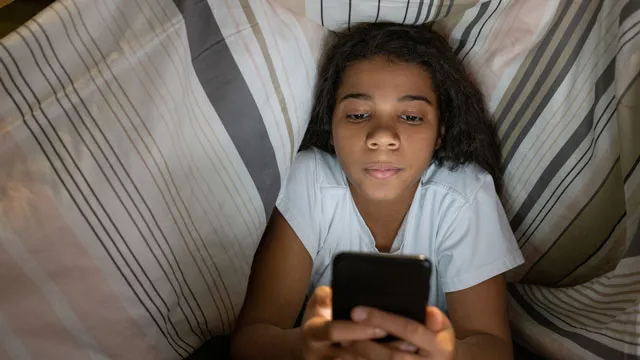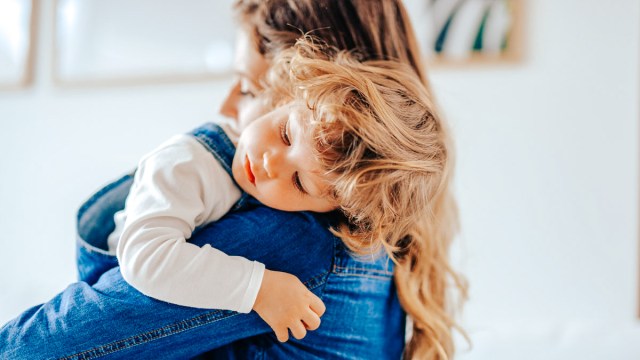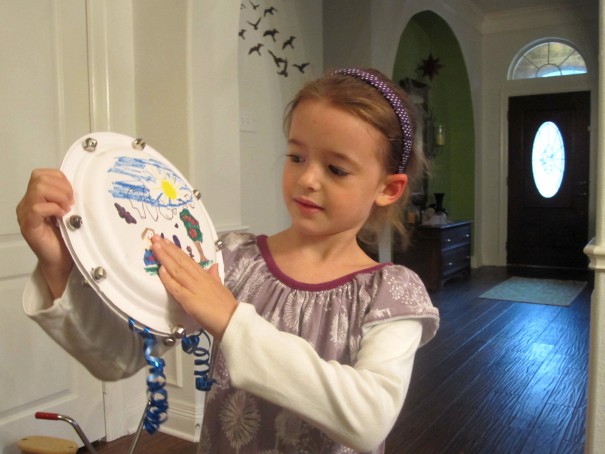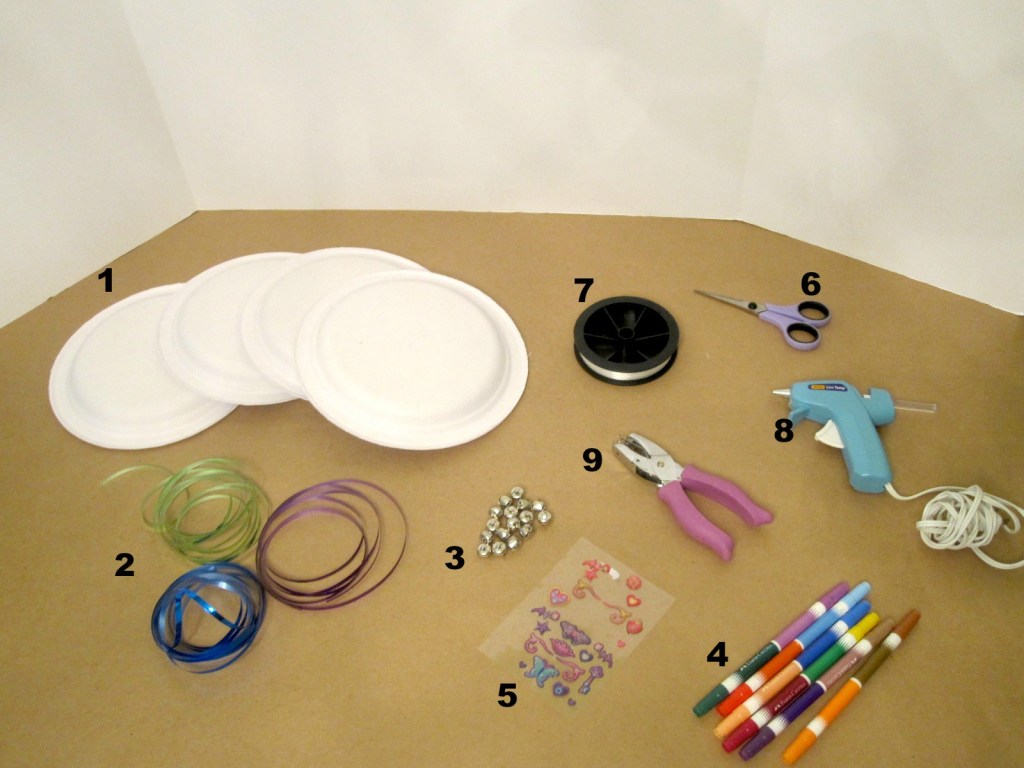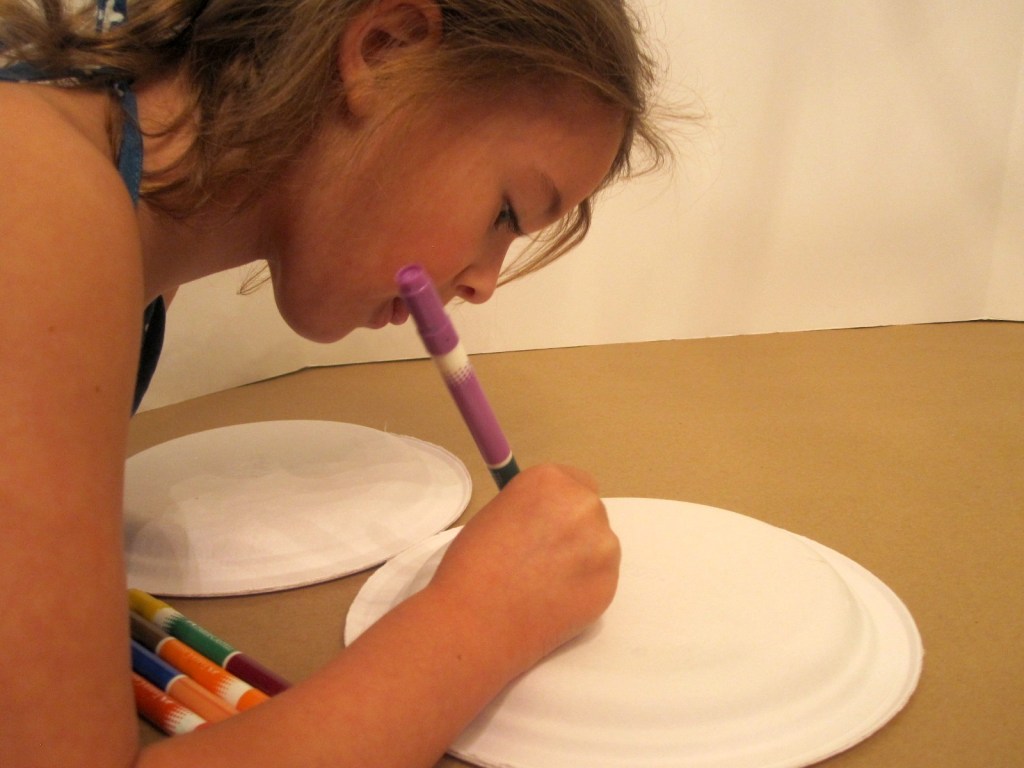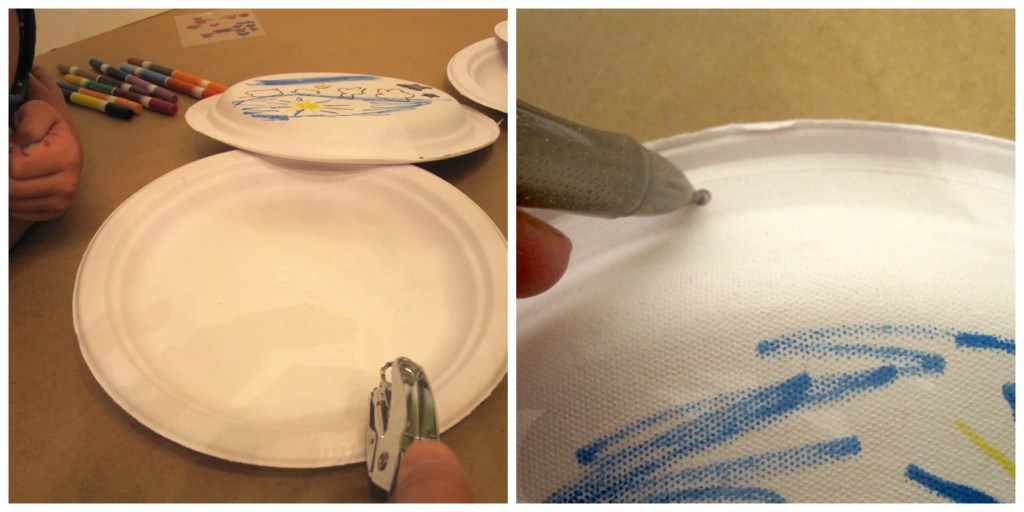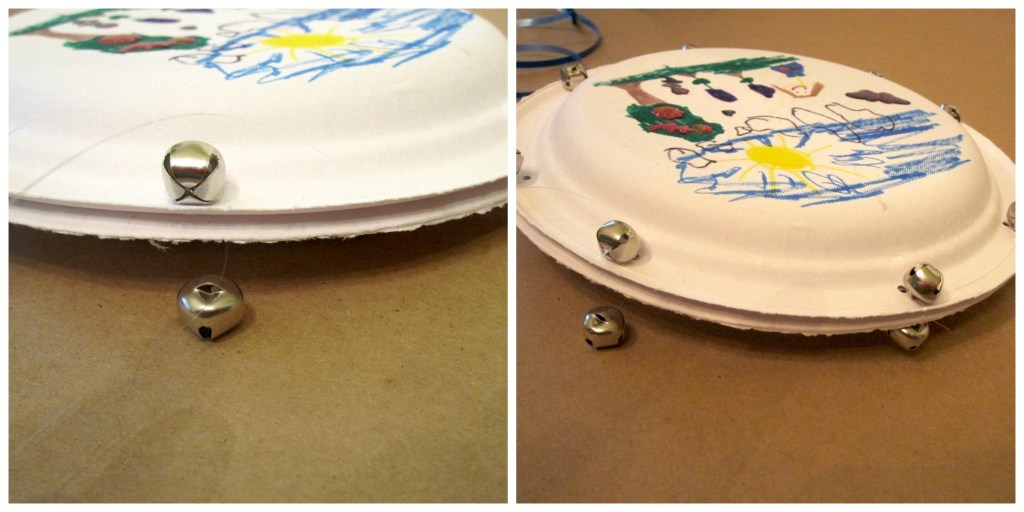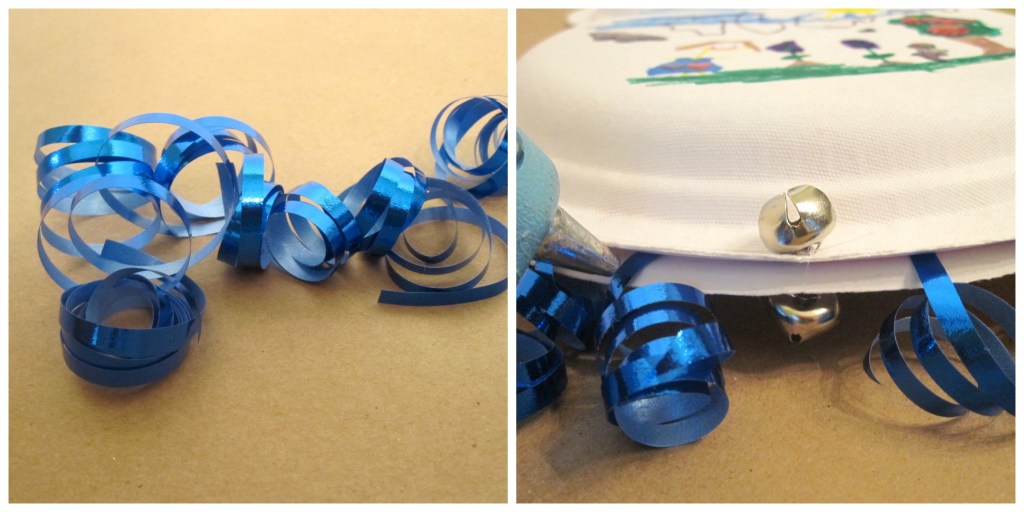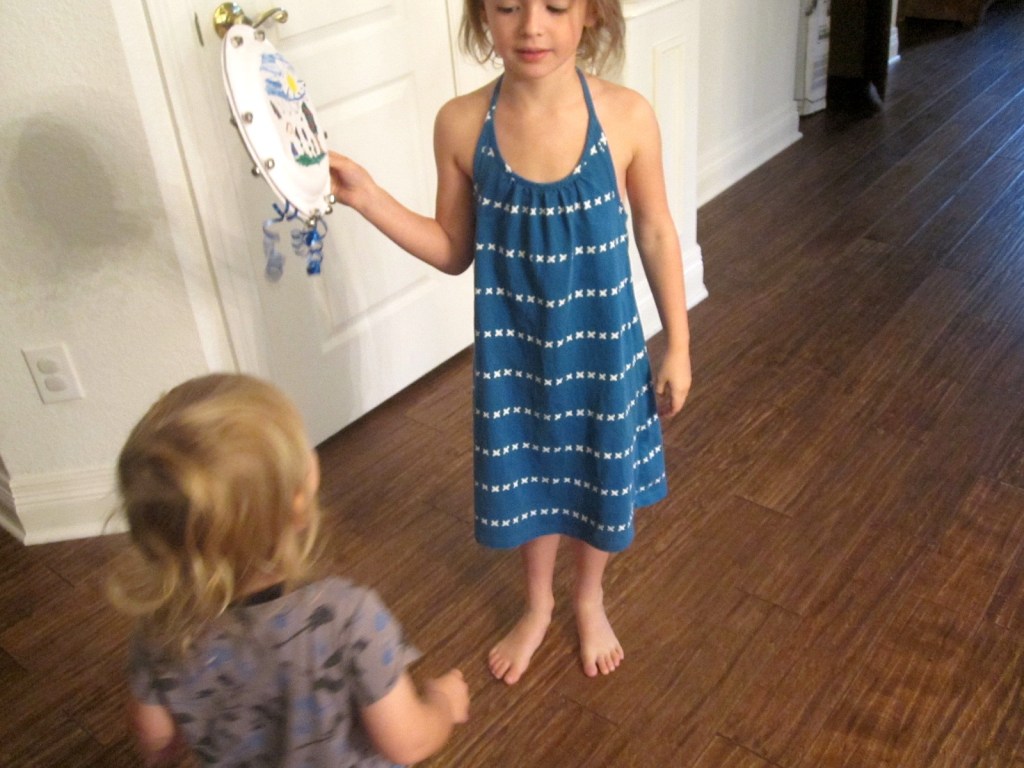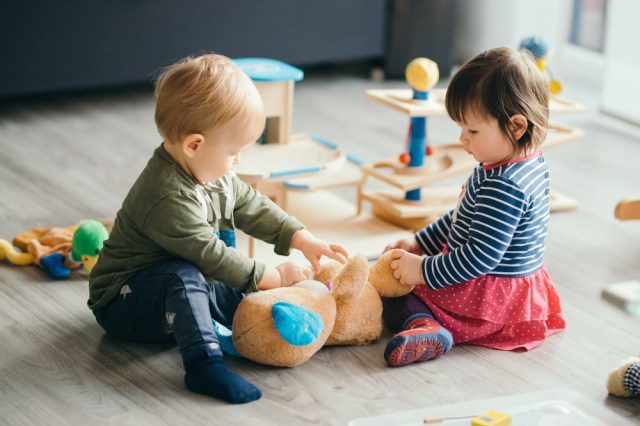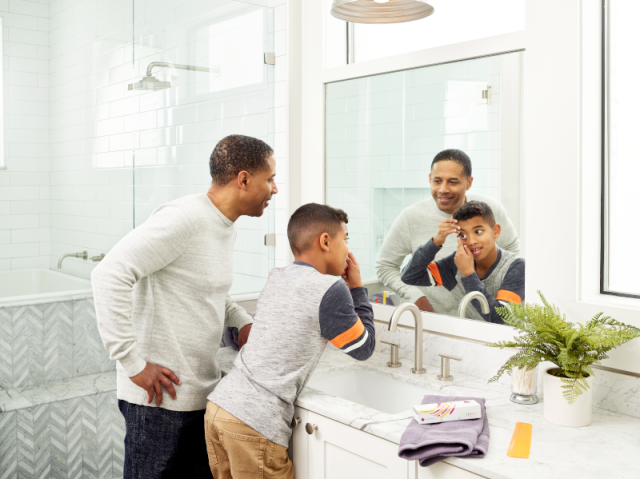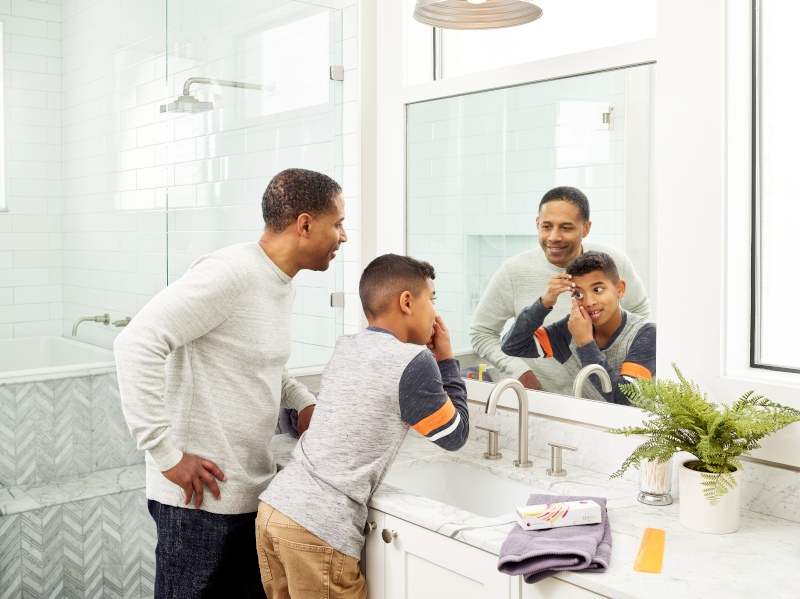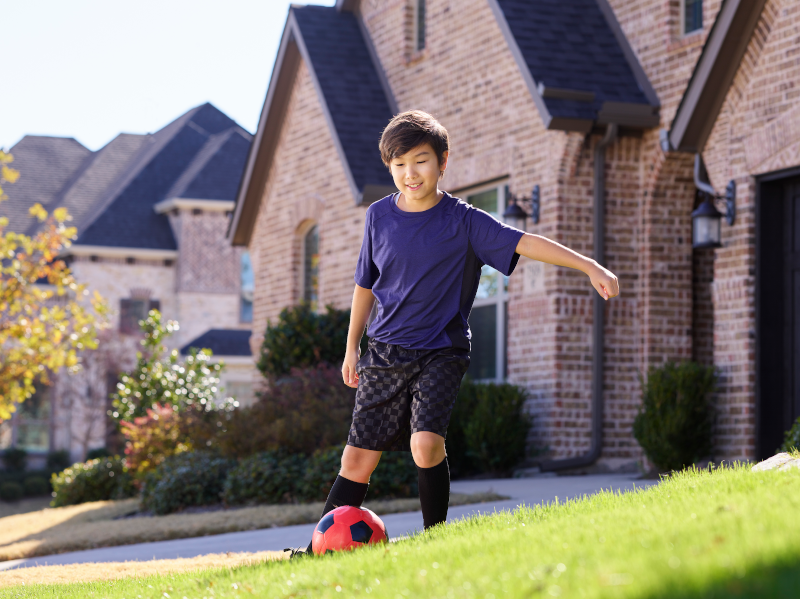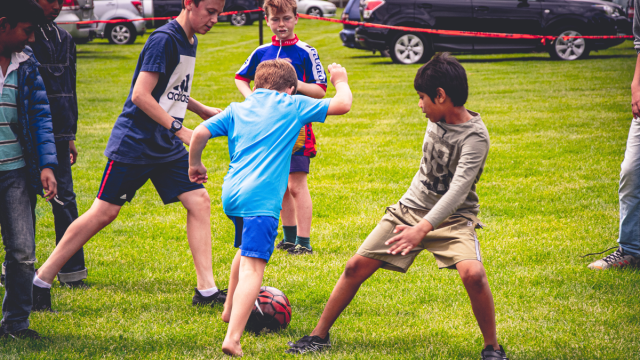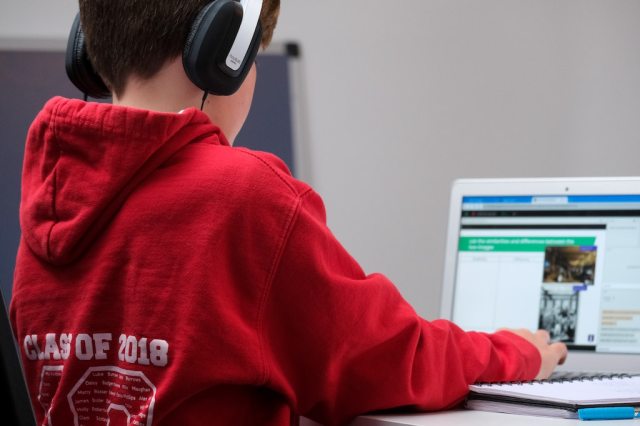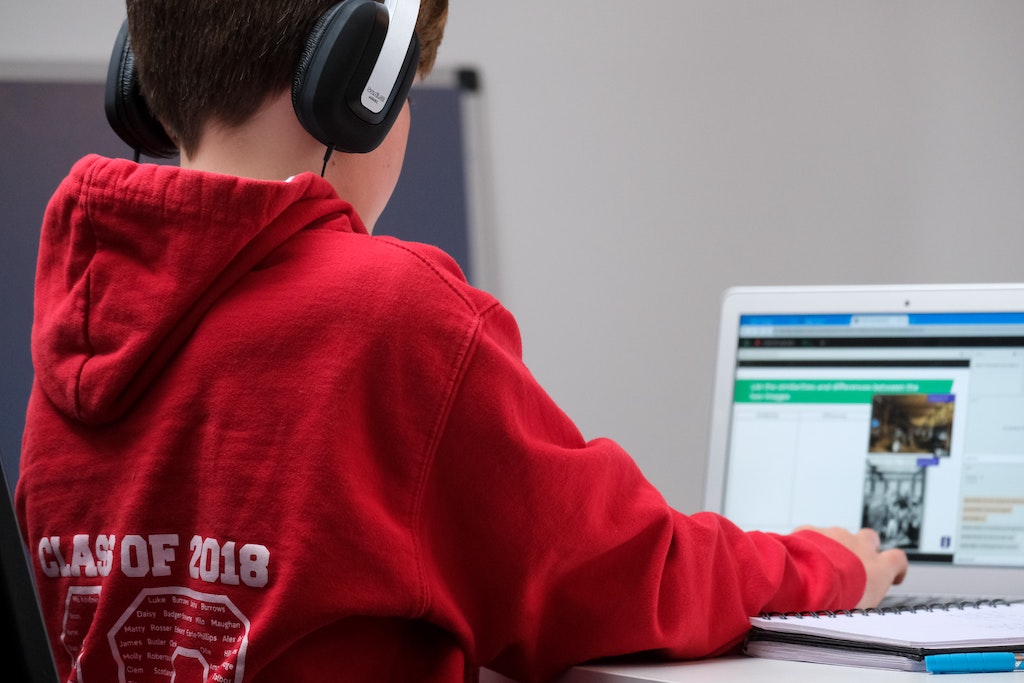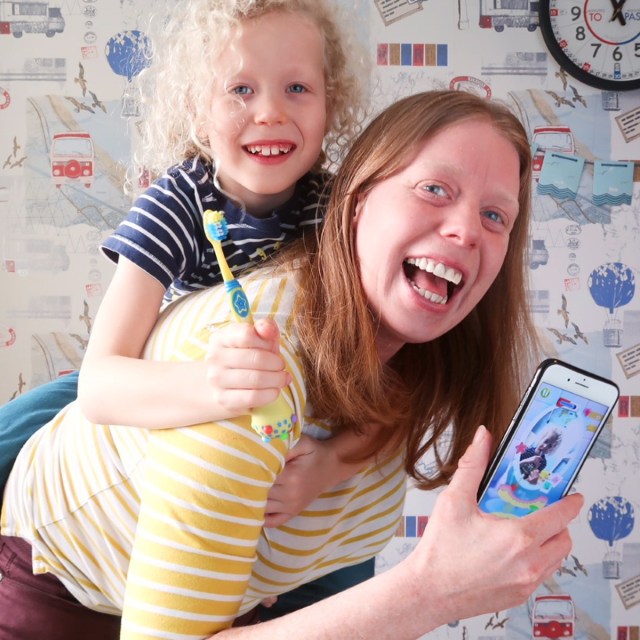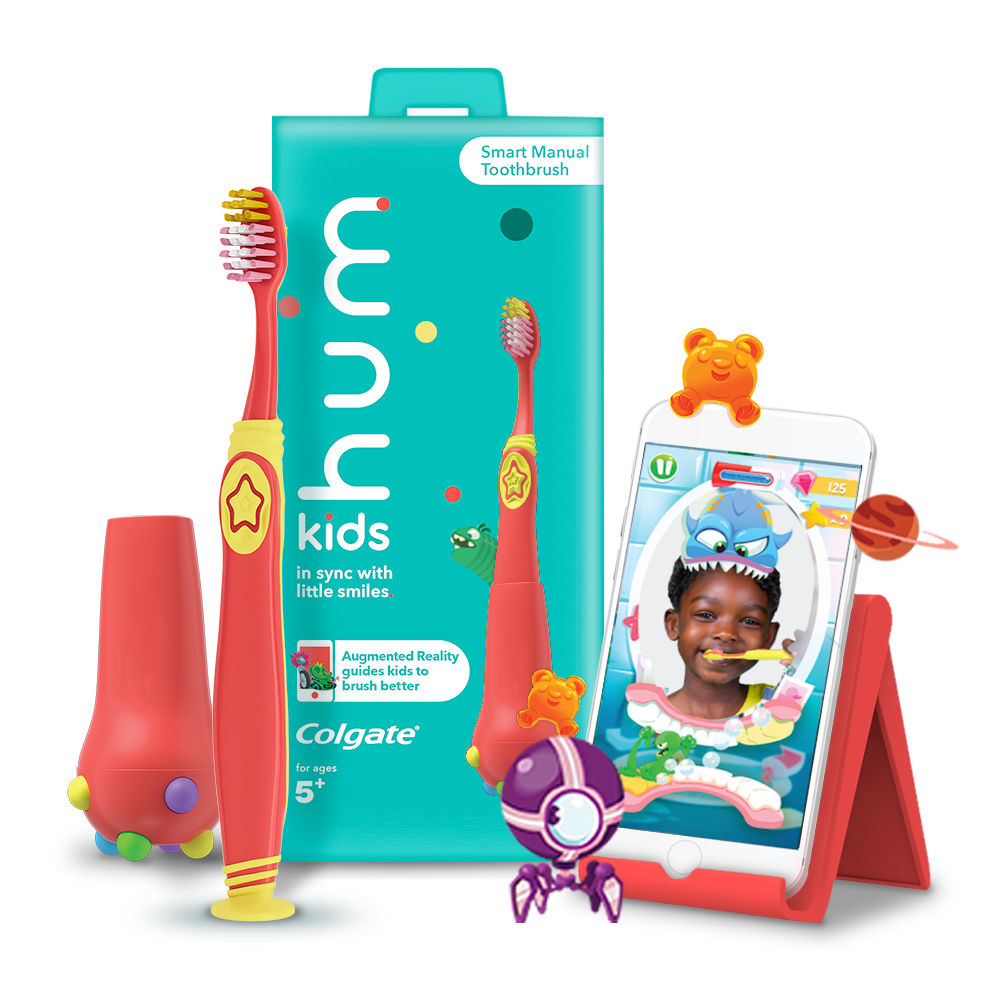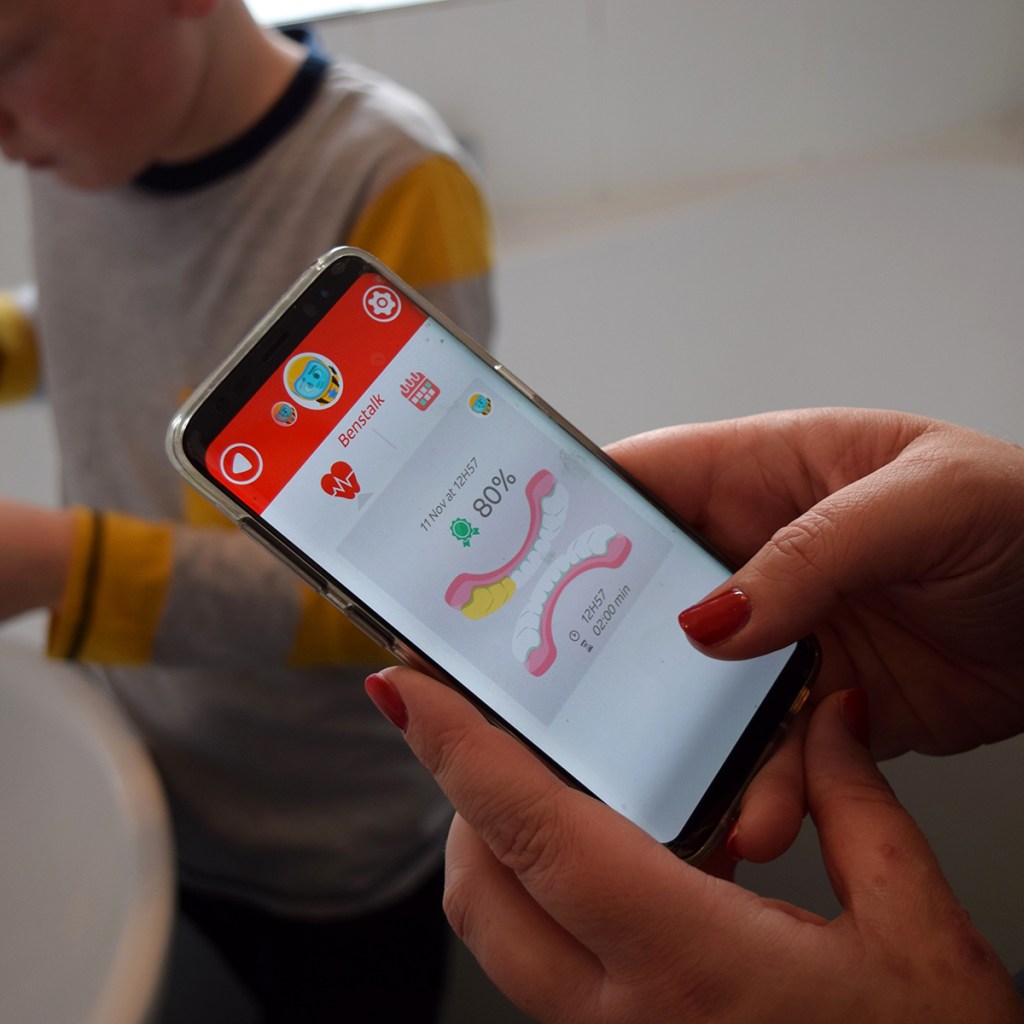Toddlers are hardwired to have a favorite parent, but love has nothing to do with it
My three-year-old won’t let my husband get her ready for bed. You know, that fun phase when your toddler prefers one parent? Only I will do. Cute, right? You may be imagining some mommy-and-me cuddles, footie pajamas snuggled into the crook of my arm while we read our favorite stories and sing silly bedtime songs. Not quite! Instead, picture this: I send her with her dad to get ready for bedtime, while I take a break to watch my favorite show. It’s called Washing the Dishes—I binge it every night. But about midway through, I have to go rescue them both and finish her bath (and her brother’s, who’s in the tub, too), get them dried and dressed, teeth brushed and jammied up, as only I’m permitted to do. When it’s all done, all I want to do is lie horizontally and stare at the ceiling.
Being the preferred parent for every task, every time, is hard, especially when you’ve worked or parented all day. And for single parents, it’s hard when you’re somehow managing to do it all nonstop (more on this further down). You’re depleted, and odds are good that you still have a day’s worth of work ahead of you when they finally go to sleep. It’s not your child’s fault. It’s not your partner’s fault. It’s just the way it is right now, and you’re torn between loving the honor and drowning in your child’s constant need for your help.
What is toddler favoritism?
Toddler or parental favoritism is when a little kid only wants to spend time with one parent and will mostly only allow that parent to take care of their needs. And they aren’t subtle. They can be so forceful in their preference that not getting mom or dad can lead to tantrums and physical resistance.
Why do toddlers have a parental preference?
For a number of reasons. Toddlers are constantly trying to assert their independence and this is one way to do so, much like how they choose a particular lovey as their favorite (and we hope you have at least three backups stashed away!). They also tend to develop a preference for the parent who more routinely does things for them, and this preferred parent can change over time—like when a new baby joins the family and your firstborn starts spending way more time with the non-birthing parent.
Favoritism is actually also a survival tactic for kids. “Children, especially ones under the age of 5, are reliant on their primary caregivers for survival and unconsciously act on this when they insist on only accepting help and nurturing from one parent,” says Sarah Alperin, a child behavior expert. “Of course, it’s not personal, though it can be really hard not to take it that way when you’re the parent who’s shut out.”
When a kid sees that one parent is more available than the other, they fight to keep it that way because connecting and having their needs met is so crucial, so they go where they get the most consistent results. This is called ‘hierarchies of attachment,’ in which kids unconsciously rank their caregivers based on who has been around the most. As their memories improve and they experience more with all caregivers, they become more comfortable with both parents and less rigid about who they want in their corner.
Should you be concerned if your toddler prefers one parent?
According to experts, this phenomenon isn’t necessarily a bad thing. It can be a sign of a healthy relationship between a child and both parents. “Favoring or excluding one parent is your child saying, ‘I can choose you right now because I know my other parent will be there for me regardless’,” says Lydia Mays, Ph.D., founder & CEO of See Beautiful. “Child favoritism and exclusion ebb and flow through not only the toddler years but also into childhood.” And guess what? It’s even expected during a time of uncertainty, anxiety, or stress. Toddler parents learned this all too well in 2020.
How to handle your kid only wanting mom or dad
So what do you do? How do you parent one, or even multiple kids, when you’re constantly being tapped to provide care and reassurance for your “barnacle child?” (We’re not being mean. We didn’t make up that term. It’s a thing.) First and foremost, the parent who is not preferred needs to play it cool. “When parents take it personally, children know and begin to sense parental insecurity,” Alperin explains. “Any insecurity a child senses in a parent will signal them to push them farther away in an attempt to seek a more competent and capable caregiver. What children seek and respond to the most is consistency, safety, acceptance, and connection.”
There are also ways to help foster connection between your kiddo and their less-preferred parent. Mays suggests the following ways to help the less-chosen parent swing the pendulum back toward shared parental choice—and avoid hurt feelings and total burnout:
For the “Barnacle Parent”:
- Pass the fun baton: Divvy up roles and let the “less-chosen” parent tap in for the things your toddler loves to do most!
- Be gone: When you’re physically away from your child, it provides opportunities for your toddler to have reconnecting and relationship-building time with the other parent.
- Handoff: When your child is leaning heavily on you for support and the other parent is home, hand off the toddler’s need to the less-chosen one (e.g., “Mommy can’t right now, but Daddy can help you” or “Daddy’s busy right now, but Papa is free to do that with you.”)
- High praise: Give compliments to the other parent in a way that your child can see the wonderful things that person is doing, too. For example, “Mommy makes up the best bedtime stories!” or “Daddy’s dinner is always my favorite. It’s so delicious.”
For the “Less-Chosen Parent”:
- Have thick skin: It makes perfect sense that feeling snubbed by your toddler would be tough, but this action is only because you’re doing a great job and your child trusts you and knows you’ll be there for them. While hard, it’s a healthy phase for your child. Try not to get your feelings hurt. Be patient, understanding that withdrawing or showing frustration could further strengthen the attachment between your child and the “barnacle parent.”
- One-on-one: Take some time to establish new one-on-one routines and traditions.
- Love hard: Consistently affirm your love for your child and reassure him of your presence and the joy you experience being part of his life every day.
For parents navigating this alone:
Your goal will be to bolster your child’s independence and confidence. Atlanta psychologist Ellen Berman, Ph.D., notes that “single parents are in a unique relationship with their children, in that they must find ways to balance the family responsibilities in age and developmentally appropriate ways, often more so than dual-parent households.” To encourage your “barnacle baby’s” independence, focus on:
- Routine: During the day, when kids know what to expect and when, they’re more likely to take on new responsibilities without feeling overwhelmed.
- Advance planning: Odds are, you’re juggling a million tasks at once. When your child needs your attention, it might help to be prepared with a re-direct (if you’re unable to help right then) or with a set time during your day when you can help.
- Prioritizing sleep: There’s no doubt that you’re burning the candle at both ends. Make sure you’re giving yourself time to recharge and remember that your child’s frustration at sometimes having to take a number is greatly magnified when they’re tired, too.
At the end of the day, this phase won’t last forever, and we promise you’ll get through it. Whether you’re constantly being chosen to do all the things, or never—or perhaps you have no choice and are the only option for doing all the things—you’re likely doing it very well, and we see you. Keep up the good work, and in the meantime, check out these children’s books, which might help spread the love.
Children’s books for relationship reconnection with Dad:
Made for Me by Zack Bush
My Dad is Amazing by Sabrina Moyle
With My Daddy by Jo Witek
Daddy Hugs by Karen Katz
Guess How Much I Love You by Sam McBratney
Children’s books for relationship reconnection with Mom:
Mighty Moms by Joan Holub
Mommy Hugs by Karen Katz
The Mommy Book by Todd Parr
If Kisses Were Colors by Janet Lawler

